The StG 44 in Post-War Yugoslavia

During a recent visit to Serbia, I became interested in Yugoslav history, particularly the post-war use of the German Sturmgewehr 44 (StG 44). I encountered several examples of the weapon at the Belgrade Military Museum and the Museum of Yugoslavia, which inspired a closer look at its legacy beyond World War II Germany.
The StG 44 holds a seminal place in military history as the world’s first fully realized and mass-produced assault rifle. Initially conceived before World War II and deployed for the German Wehrmacht, the StG 44 introduced a revolutionary concept, an intermediate cartridge rifle capable of both semi-automatic and automatic fire, bridging the gap between bolt-action rifles and submachine guns. While its battlefield prominence peaked during the war, the story of the StG 44 did not end with Germany’s defeat. One of its lesser-known chapters unfolded in post-war Yugoslavia, where the weapon played a transitional role in the formation of the Yugoslav People's Army (JNA).
The State of Post-War Yugoslavia
After the devastation of World War II, Yugoslavia, under the socialist leadership of Josip Broz Tito, emerged from a fractured partisan resistance into a unified socialist federation. The fledgling JNA faced the enormous task of rebuilding its military in the midst of widespread destruction and limited resources. To meet immediate needs, the new Yugoslav government turned to captured, surrendered, or abandoned Axis weaponry, particularly German arms, as a practical solution to arm its forces.
Among these were substantial quantities of Mauser Kar 98k rifles, MG 34 and MG 42 machine guns, MP 40 submachine guns, and a more limited number of StG 44 rifles. In addition to battlefield captures, Yugoslavia reportedly received approximately 2,000 StG 44s from the Soviet Union before the Tito-Stalin split in 1948, a small portion of the more than 100,000 StG 44s the USSR reportedly had in storage at the time.
The newly established arms industry also contributed to the continued use of the StG 44. The Factory of Arms and Ammunition in Užice, later renamed Prvi Partizan (First Partizan), began producing specialized 7.92x33mm Kurz ammunition, extending the service life of the weapon both domestically and, in some cases, abroad.
Yugoslav Service
Although the exact number of StG 44s in Yugoslav service is unclear, historical evidence confirms their deployment within select JNA units, most notably the 63rd Parachute Brigade. Due to their limited supply, StG 44s were never issued broadly across the military but were instead reserved for units where automatic firepower was most advantageous, specifically, the airborne units.
The rifle’s performance, combining capacity and select fire, made it particularly effective in airborne operations. Its use, however, was inherently constrained by logistics. The 7.92x33mm Kurz cartridge was not widely adopted elsewhere, and maintaining a spare parts supply chain for a non-standard weapon became increasingly impractical.
Transitional Era
In the early post-war period, Yugoslavia’s armed forces, the JNA, relied on a diverse mix of weaponry from various sources, including German, Italian, British, Soviet, and American origins. Among this diverse arsenal, the German StG 44 stood out for its innovative design. Its use showed the Yugoslav military planners the tactical benefits of an intermediate cartridge and a select-fire rifle. These would later influence the adoption of Kalashnikov-pattern rifles as a standard infantry weapon.
After the ideological rupture with the Soviet Union in 1948, Yugoslavia pursued a path of military and political independence. The resulting non-aligned stance pushed the country to develop its own defense industry. Although Soviet weapons eventually became a model for Yugoslav designs, the government maintained its autonomy from both the Eastern and Western blocs.
By the 1960s and 1970s, Yugoslavia began producing its own variant of the Kalashnikov-pattern rifle, developed and manufactured by Zastava. This effort led to the creation of the M70 series, which would serve as the standard infantry weapon of the JNA for decades. Among these, the M70AB2 became the primary rifle for airborne units, effectively rendering the outdated StG 44 obsolete.
Decline and Legacy
The StG 44 was officially retired from Yugoslav service in 1983, primarily due to the dwindling availability of spare parts and the logistical inefficiencies of supporting a non-standard system. Nonetheless, the weapon’s legacy persisted long after its decommissioning.
In the decades that followed, the StG 44s reappeared in various global conflicts. They were reportedly used during the Vietnam War, Algeria, the Lebanese Civil War, Somalia, and examples have even surfaced in the Syrian Civil War and more recently the Russo-Ukrainian War. During the 1980s, Libya’s Muammar Gaddafi is believed to have acquired Yugoslav military surplus, including StG 44s, further extending the rifle’s afterlife.
Conclusion
Although the StG 44 remained in Yugoslav service longer than initially anticipated, its impact was significant. It served as a rapid fielding solution and a stopgap weapon for an elite Airborne force. For a nation in the process of reconstructing its identity, armed forces, and defense industry, the StG 44 provided an influential stopgap, offering an early glimpse into the future of warfare.
More than just a technological achievement, the StG 44 responded to a new tactical reality. By combining intermediate range, sufficient power, and automatic fire, it introduced a new class of small arms, one that would be echoed in nearly every major military arsenal in the decades to follow. Though born out of wartime desperation, the StG 44 left an enduring mark not just in Germany but also in the evolving doctrines of countries like Yugoslavia during a pivotal moment in history.
Source:
- Belgrade Military Museum. Војни музеј
- https://www.prvipartizan.com/history.php
- Museum of Yugoslavia. https://muzej-jugoslavije.org/en/
- National Museum of Užice. https://nmuzice.org.rs/en/about-the-museum/

Lynndon Schooler is an open-source weapons intelligence professional with a background as an infantryman in the US Army. His experience includes working as a gunsmith and production manager in firearm manufacturing, as well as serving as an armorer, consultant, and instructor in nonstandard weapons. His articles have been published in Small Arms Review and the Small Arms Defence Journal. https://www.instagram.com/lynndons
More by Lynndon Schooler
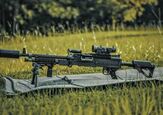
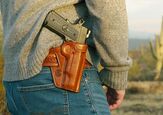
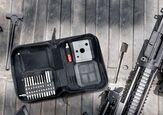









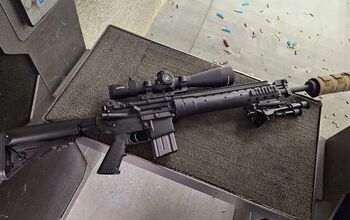
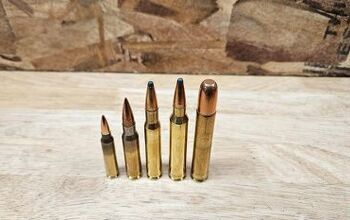


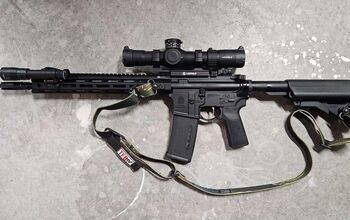


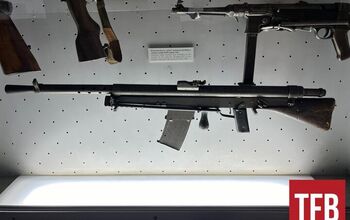
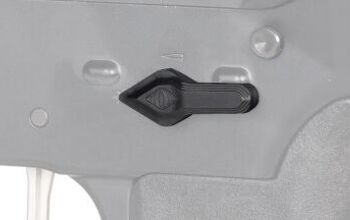
![[IDEF 2025] Turkish Akdas SEMX-55 Rifles](https://cdn-fastly.thefirearmblog.com/media/2025/08/12/09281/idef-2025-turkish-akdas-semx-55-rifles.jpg?size=350x220)
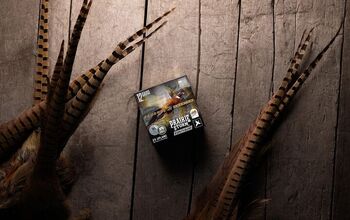

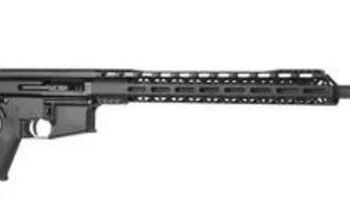
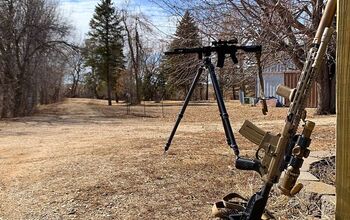


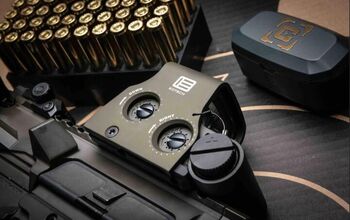
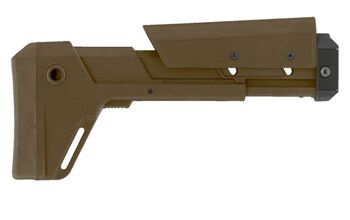
Comments
Join the conversation
When’s PSA gonna come out with their take on the StG 44?
I think we all realize the significance of the Stg44, sometimes called MP-44,
honestly never realized how many were actually produiced and I assume this
was in the area around Suhl where aot of the german small arms plants were ,
which would have fallen under soviet jurisdiction after the war , many perhaps
most went to the eastern front but I'd also assume many stayed in germany
so I assume the new east germans inherited these , along with the jigs, dies ,
machine tools,, presses to make em .
would've never guessed the soviets had 100,000 Stg44's , its a interesting
question why the east germans instead of making the AK47 , just rechambered
the Stg44 for 7.62 x 39, and produced thier own design as the Czechs made
the Vz58 in 7.62 x 39 . the Czechs never made the sks either , they made
a conceptually similar rifle the CZ52/57 in first thier own 7.62 x 45 caliber .
then in 7.62 x 39mm.
Of course for alot of folks , the real question was how come the US never just
copied the Stg44 , and produced the 7.92 x 33 cartridge here , the StG44 was
also a great influence on the design of the FN FAl which was a updated FN49
offshoot, but the prototype of the FAL was 7.92 x 33mm , so was the prototype
for the G3 and Spanish CETME, based off the ww2 StG45 delayed blowback
design .
The Yugoslavs were very pragmatic, they had all those battlefield pickup's
MG42 GPMG's and just kept the party going in the original 7.92 x 57 round ,